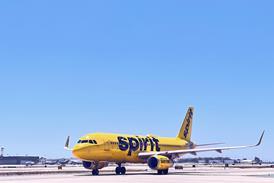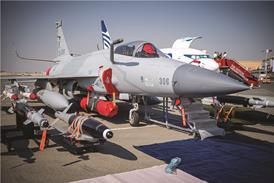SpaceX has confirmed its intent to build a fully reusable multi-stage launch vehicle.
SpaceX CEO Elon Musk announced on 29 September that SpaceX will officially attempt to build a reusable space launch system. Once the first stage burn is finished, the stage will detach, then relight the engines for a vertical touchdown at the launch pad. The second stage will deliver the payload to its required orbit, then re-enter the atmosphere for a vertical landing.
"It's a very tough engineering problem, and I wasn't sure it could be solved," said Musk. "In the last twelve months or so I've come to the conclusion that it could be solved, and I think SpaceX is going to try to do it. We could fail, I'm not certain of success here, but we're going to try to do it."
It has long been SpaceX's position to build such a vehicle, though the 29 September comments markthe first formal programme announcement. Further of the programme are not immediately available.
Grasshopper, a suborbital vehicle revealed to the public by a mandatory FAA environmental analysis, is likely a technology test bed for the reusable rocket project. Grasshopper will use a Merlin 1-D engine, currently used on the orbital Falcon 9, to propel itself as high as 11,500ft before performing a guided, powered descent back to the launch pad.
Musk has previously described building a fully reusable rocket as "super-damn hard."
"You're got to strengthen the stages, you've got to add a lot of weight, more protection, you've got to do things that add a lot of weight to that vehicle, and still bring a useful payload to orbit."
 |
|---|
©SpaceX |
"If you look at the cost of the Falcon-9 rocket," -- $54m, according to the SpaceX website -- "the cost of the fuel and oxygen and so forth is only about $200,000. So obviously if we can reuse the rocket, say a thousand times, then that would make the capital cost of the rocket launch only about $50,000."
Musk has consistently said that his goal is to send people to colonise Mars, but that technology must first be developed for applications closer to Earth, such as satellite launches. The considerable cost of launching to orbit is a major barrier to routine space operations.
The reusable programme will not impact work being done for NASA, said Musk, which includes resupply of the International Space Station and launching astronauts into orbit. "Think of this as a parallel thing", he said. "It doesn't really affect the ascent phase of the vehicle. We're really trying to have the descent phase not be 'hits the atmosphere and explodes.'"
Source: Flight International


























